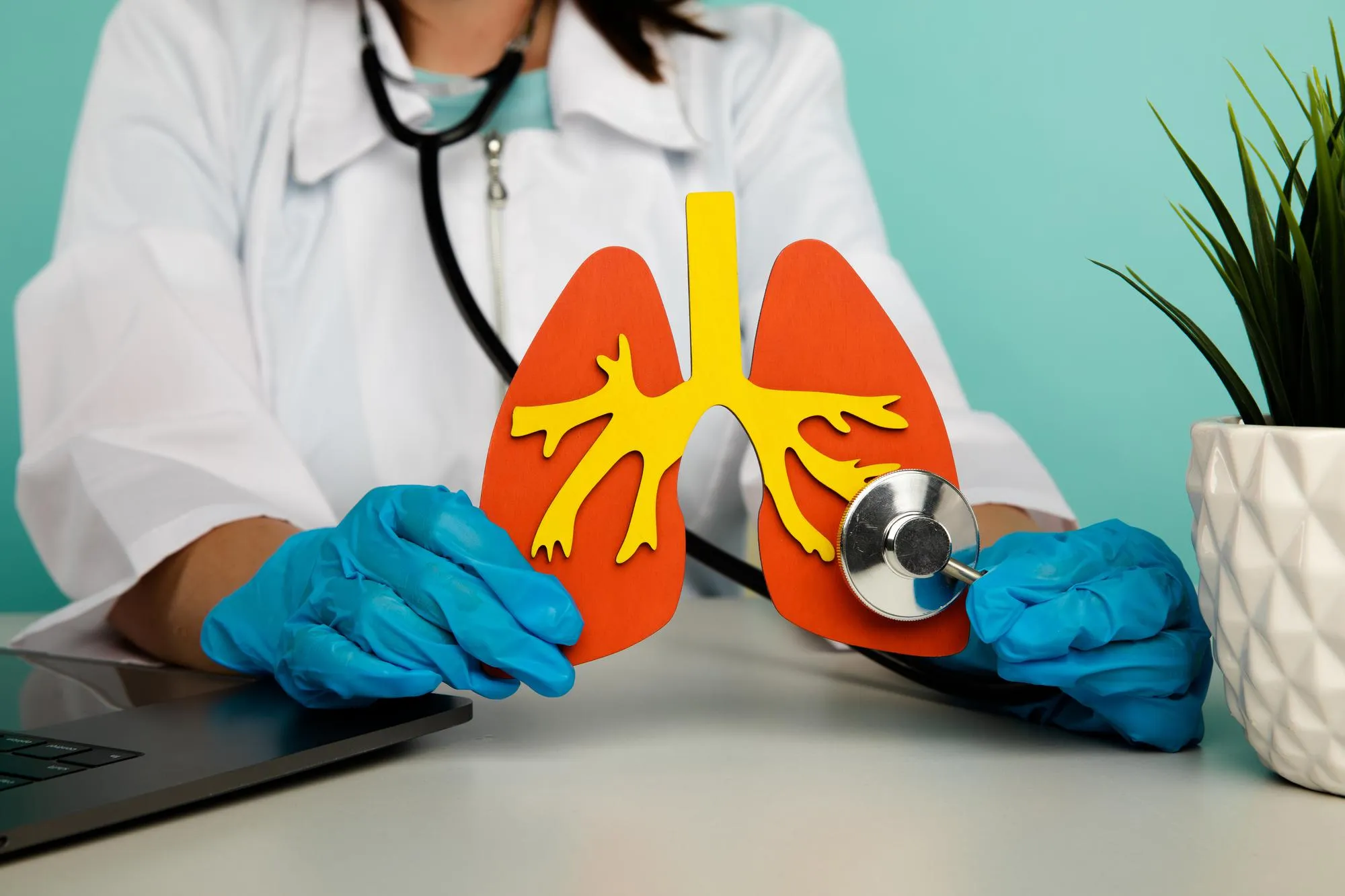Chronic infection by Pseudomonas aeruginosa (PA) is a well-known feature of cystic fibrosis (CF), a genetic disorder that results in the buildup of thick mucus in various organs, predominantly the lungs. The resilience of PA to current CF therapies poses tremendous challenges for both patients and healthcare providers. However, a groundbreaking investigation into the in vivo proteomes of PA obtained directly from the sputum of patients with CF offers new hope for effective treatments.
A recent study, published in the Journal of Proteome Research with the DOI: 10.1021/acs.jproteome.9b00122, used an innovative bacterial-enrichment method involving differential centrifugation and detergent treatment to isolate PA from sputum samples of 11 CF patients, resulting in a total identification of 1304 PA proteins. This pioneering in vivo proteomic analysis, conducted by Wu et al., contrasts distinctively with prior research that often relied on in vitro conditions unable to accurately replicate the environment within CF patient airways.
Dissecting the in Vivo Proteome of Pseudomonas aeruginosa
The study’s in vivo approach led to some compelling discoveries regarding the adaptive strategies of PA in CF airways. The data indicated an up-regulation of siderophore TonB-dependent receptors by PA, which are believed to play a crucial role in iron acquisition. Furthermore, researchers observed alterations in central carbon metabolism that included the activation of the glyoxylate cycle and enhanced lactate utilization. The overproduction of alginate—essential for biofilm formation and bacterial resistance—was also noted.
These in vivo physiological adjustments in PA highlight the pathogen’s ability to adapt to the nutrient-depleted and immunologically active environment of the CF airways. By understanding these specific adaptations, researchers can identify potential targets for the development of novel treatment strategies.
Advancing CF Treatment Strategies
The study’s findings carry significant implications for CF therapy. For instance, the up-regulation of siderophore receptors hints at the possibility of designing iron-chelation therapies to starve the bacteria of this essential nutrient. Alterations in carbon metabolism present another avenue for therapeutic intervention, with the possibility of targeting specific enzymes involved in PA’s metabolic rearrangements. Furthermore, tackling alginate production could result in the disruption of biofilm formation, reducing bacterial defense mechanisms against both the immune system and antibiotics.
The authors suggest that understanding these differences in the in vivo proteome could pave the way for treatment options that aim to alter PA physiology, potentially attenuating infectivity and enhancing the action of antibiotics. This in-depth knowledge of in vivo proteome distinctions extends beyond mere academic interest; it holds the key to crafting precision treatments that are responsive to the unique adaptations of PA within the CF lung environment.
Implications for Personalized Medicine
Given that the proteomic responses of PA can differ between CF patients, this research also underscores the necessity for personalized medical approaches. Health professionals could potentially leverage proteomic data from patient sputum samples to customize treatment regimens, resulting in more effective management of chronic PA infections in CF.
The Way Forward for CF Research and Therapy
The study conducted by Wu et al. is a milestone in CF research, providing an intricate and previously unobserved picture of how PA survives and thrives in the hostile environment of CF lungs. As opposed to the limitations inherent to in vitro studies, in vivo proteomic analysis puts forth a valuable tool for uncovering bacterial adaptation mechanisms in their natural settings.
The research teams from renowned institutions like the National Heart, Lung, and Blood Institute (NHLBI), the National Institute of Diabetes and Digestive and Kidney Diseases (NIDDK), and the National Institute of Allergy and Infectious Diseases (NIAID) who contributed to this work were instrumental. The collaborative effort brought forth not only scientific insight but also tangible hope for patients who grapple with the effects of CF every day.
References
1. Wu X. et al. (2019) In Vivo Proteome of Pseudomonas aeruginosa in Airways of Cystic Fibrosis Patients. J Proteome Res; 18(6):2601-2612. DOI: 10.1021/acs.jproteome.9b00122
2. Hauser AR, et al. (2011), Clinical significance of microbial infection and adaptation in cystic fibrosis. Clin Microbiol Rev; 24(1):29–70. DOI: PMC3021203
3. Singh PK, et al. (2000), Quorum-sensing signals indicate that cystic fibrosis lungs are infected with bacterial biofilms. Nature; 407(6805):762–4. DOI: 10.1038/35037627
4. Opperman MJ & Shachar-Hill Y. (2016), Metabolic flux analyses of Pseudomonas aeruginosa cystic fibrosis isolates. Metab Eng; 38:251–263. DOI: 10.1016/j.ymben.2016.07.012
5. Emerson J, et al. (2010), Changes in cystic fibrosis sputum microbiology in the United States between 1995 and 2008. Pediatr Pulmonol; 45(4):363–70. DOI: 10.1002/ppul.21205
Keywords
1. Pseudomonas aeruginosa cystic fibrosis proteome
2. CF airway bacterial adaptation
3. PA in vivo proteomic analysis
4. Targeted treatments for cystic fibrosis
5. Bacterial enrichment from CF sputum
